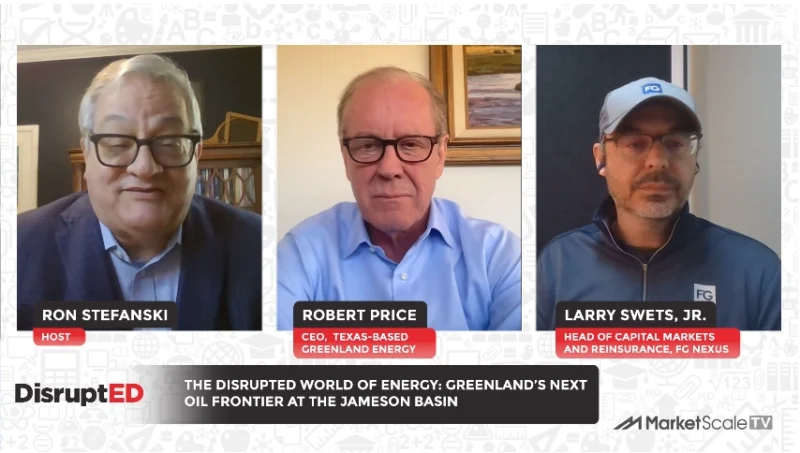Oil Holds Gains With Signs Pointing to Tightening Global Market

(Bloomberg) — Oil held gains as falling US stockpiles and the possibility of OPEC+ cutting output heighten the prospects of an increasingly tight market.
Brent futures traded above $101 barrel. There have been a deluge of bullish headlines recently, with Saudi Arabia suggesting that OPEC+ could intervene if prices drop too far. US inventories fell last week as the country exported its highest-ever volume of crude and refined products with consumers across the globe rushing for supplies.
OPEC+ members have lined up to support the Saudi suggestion for market intervention, while export problems in Kazakhstan have kept supply concerns at the forefront. These have bolstered trading activity with Brent futures volumes topping 1 million contracts for the first time since the middle of July. Key timespreads that gauge market strength have also firmed markedly.
The higher prices follow a bout of weakness as concerns over the global economy continue to rip through markets. A surge in prices, including for other energy commodities such as natural gas, is threatening to push nations around the world into recessions, which would put a severe dent on demand. Any return of Iranian oil supplies would only exacerbate the situation.
“We continue to see tight fundamentals, but the risk of Iran coming back online and general macro risks continue to cap any material upside spikes,” said Keshav Lohiya, founder of consultant Oilytics Ltd.
Iran will seek to fill the void left by Russia in Europe, and try to win back customers in countries including Greece, Italy, Spain and Turkey if a deal is secured, according to people familiar with the matter. Moscow has also approached several Asian countries to discuss possible long-term oil contracts at steep discounts as US officials continue to push a price-cap plan.
The US Federal Reserve’s Jackson Hole symposium on Friday will also provide further clues on the state of the global economy and the outlook for interest rate hikes from the central bank.
Elements, Bloomberg’s daily energy and commodities newsletter, is now available. Sign up here.
More stories like this are available on bloomberg.com.
©2022 Bloomberg L.P.









